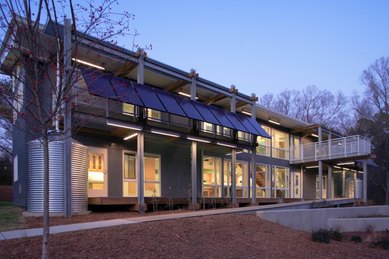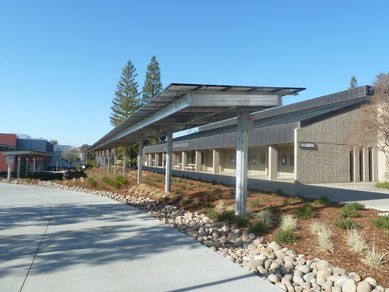Campuses as Sustainable Catalysts
Every April, I find myself reflecting on the history of the environmental movement in the United States and the key role institutions of higher education have played to help advance this effort. The modern environmental movement has its roots in the 1960s with the publication of Rachel Carson’s pivotal work Silent Spring in 1962, and passage of the National Environmental Policy Act (NEPA)—the first national policy on environmental sustainability—in 1969. The movement gained national attention on April 22, 1970 with the first Earth Day celebration.
Over 20 million Americans participated in the festivities that day, with thousands of colleges and universities across the country hosting related events. Earth Day founder, Senator Gaylord Nelson, cited his inspiration as having come from the student anti-war protests during the Vietnam War era. He was energized by the unique ability of students to raise national consciousness around an issue. He chose the date of April 22nd because it fell on a Wednesday; he knew more college students would be on campus for classes on that particular day of the week versus any other.
Four decades later, many colleges and universities across the country continue to embrace their role as catalysts for the environmental movement. Walk onto almost any campus today and you will find some example of sustainable development practices. Many institutions find themselves positioned as sustainable leaders in their respective communities, working to help shift development practices towards a more environmentally sensitive approach. The American College and University Presidents’ Climate Commitment to neutralize greenhouse gas emissions is just one notable example of how 680 institutions of higher education are leading the sustainability charge.
Yet there is still so much more that can be done to advance sustainable development at institutions of higher education across the United States. Many campus landscapes remain high-maintenance, water-loving environments, and too few non-motorized transportation options exist on many college campuses for students, faculty, and staff. Even something as ubiquitous as recycling is not prevalent on all campuses. As Mitchell Thomashow asserts in his recent book, The Nine Elements of a Sustainable Campus, a college campus offers an ideal setting for the exploration of new sustainable initiatives. He cites institutions of higher education as offering our best hope for raising environmental awareness as they have the opportunity to support both research and implementation.
One of the enduring values of the physical campus is this legacy of environmental collaboration and innovation, and the catalytic role it can continue to play in advancing sustainable development practices. As I celebrate the 42nd anniversary of Earth Day this year, I’ll be thinking about new ways to encourage and support institutions of higher education down this sustainable path through my campus planning work.



